

Diastasis Recti: How To Check for Diastasis Recti At Home
Learn how to check for diastasis recti at home in a few simple steps. We interviewed a pelvic floor physical therapist about when to check for diastasis recti, how to correct it, and which exercises you should avoid if you have diastasis recti (also known as DR).
Diastasis Recti (DR), or abdominal muscle separation, is a common experience for women who have been through pregnancy.
We partnered with a pelvic floor physical therapist to teach you how to check for DR at home. And if your self assessment shows diastasis recti, you can use our 8 Best Diastasis Recti Exercises to help you repair your core and pelvic floor.
We also created a Free 28-Day Diastasis Recti Repair Program to help you heal diastasis recti at home.
Looking for more information about diastasis recti and postpartum exercise? Check out our Diastasis Recti Resource Page.
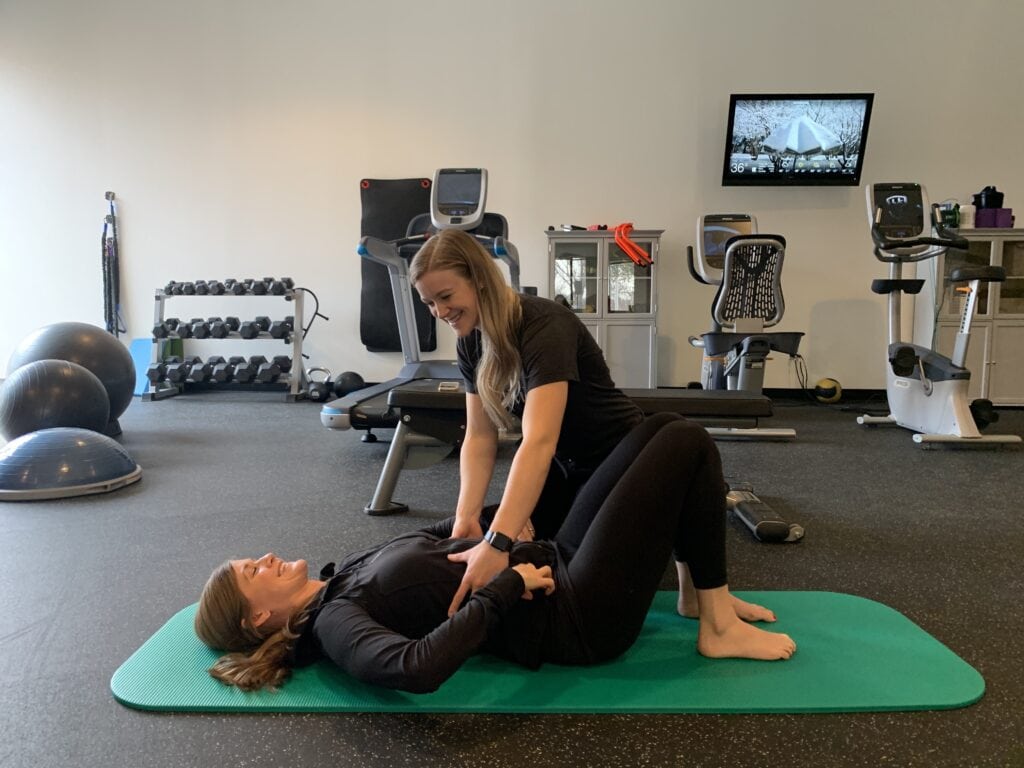
Diastasis Recti FAQs
Diastasis recti occurs when the rectus abdominis muscles (six-pack ab muscles) and linea alba (connective tissue) separate (particularly as your belly grows during pregnancy). This separation of the abdominal muscle can range from mild to severe.
Learn how to check for DR at home by watching the video I filmed with a pelvic floor physical therapist. If it’s an option available to you, I recommend everyone who’s been through a pregnancy see a pelvic floor physical therapist. I’d also recommend checking out this interview: 10 Things You Need to Know About Your Pelvic Floor After Baby!
Diastasis recti is more prominent in the first couple weeks postpartum. You can self check for diastasis recti any time, but it may be best to self-evaluate around 4-6 weeks postpartum.
Yes! Many postpartum women are able to heal diastasis recti using at home ab exercises or physical therapy. Note that it’s less about closing the gap between your ab muscles and more about the tension you can generate across the gap with your deep transverse abdominals.
In some cases, ab separation or diastasis recti will resolve itself. However, if the separation is severe and not healing on its own, untreated DR can lead to weakened abdominal muscles, chronic lower back pain, pain during sex, urinary incontinence or pelvic pain.
Deep core breathing (transverse abdominals breathing), glute bridges and bent knee marches are some of the most effective exercises. These small, targeted movements engage the deep core muscles and restore the abdominal wall.
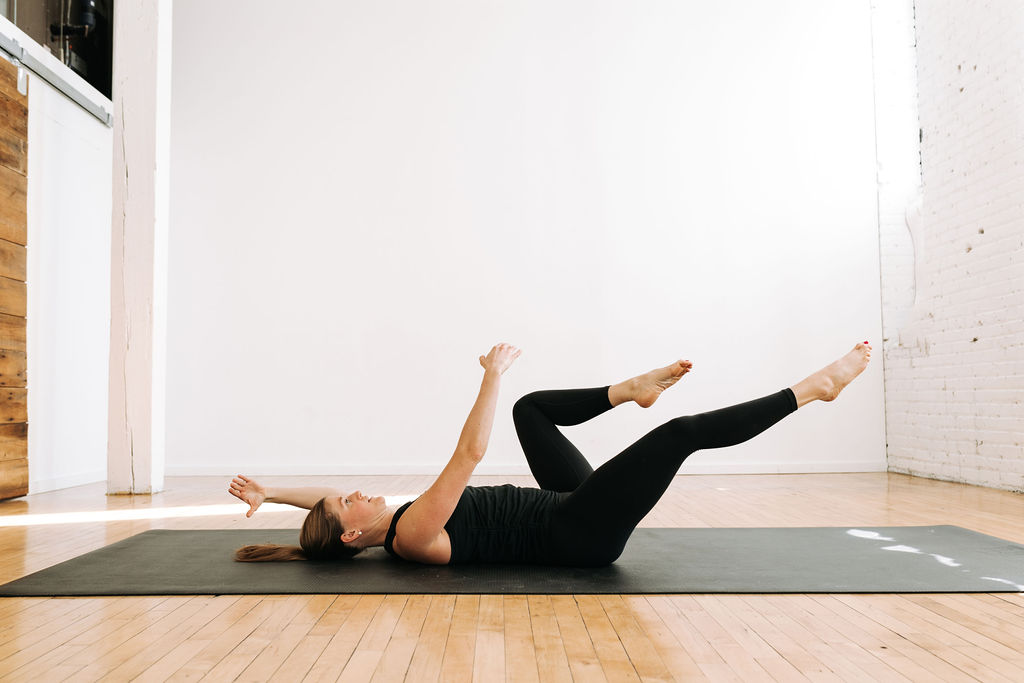
How To Check For Diastasis Recti At Home
I enlisted the help of my pelvic floor physical therapist to show you how to check for DR at home.
I recommend watching the video tutorial in this post (specifically from 57 seconds to 2:08). My pelvic floor physical therapist will walk you through this home diastasis recti test in detail.

Prefer to Watch On YouTube?
7 Steps to Check for Diastasis Recti At Home
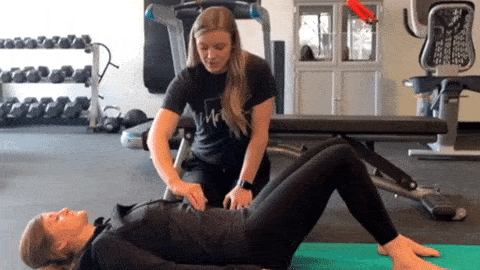
- Start lying on your back with legs bent at 90 degrees and feet flat on the ground.
- Find your belly button.
- Place your fingers 2 inches above your belly button and lift your neck and shoulders off the ground.
- Find the 2 walls of the abdomen with your fingers.
- Determine if there’s a gap between the abdominal walls, and assess the tension generated across the linea alba (measure in finger widths or the depth you’re allowed to insert your fingers into the gap).
- Repeat steps 2-5 at the belly button. This is typically where the largest DR separation occurs.
- Repeat steps 2-5 at 2 inches below the belly button.
If you have questions or concerns about your postpartum recovery, physical therapy is a great option. If possible, I recommend seeing a pelvic floor physical therapist. If you’re local to the Twin Cities area, I highly recommend Motion.
More Workouts
Postpartum WorkoutsPin this Post: How To Check for Diastasis Recti At Home
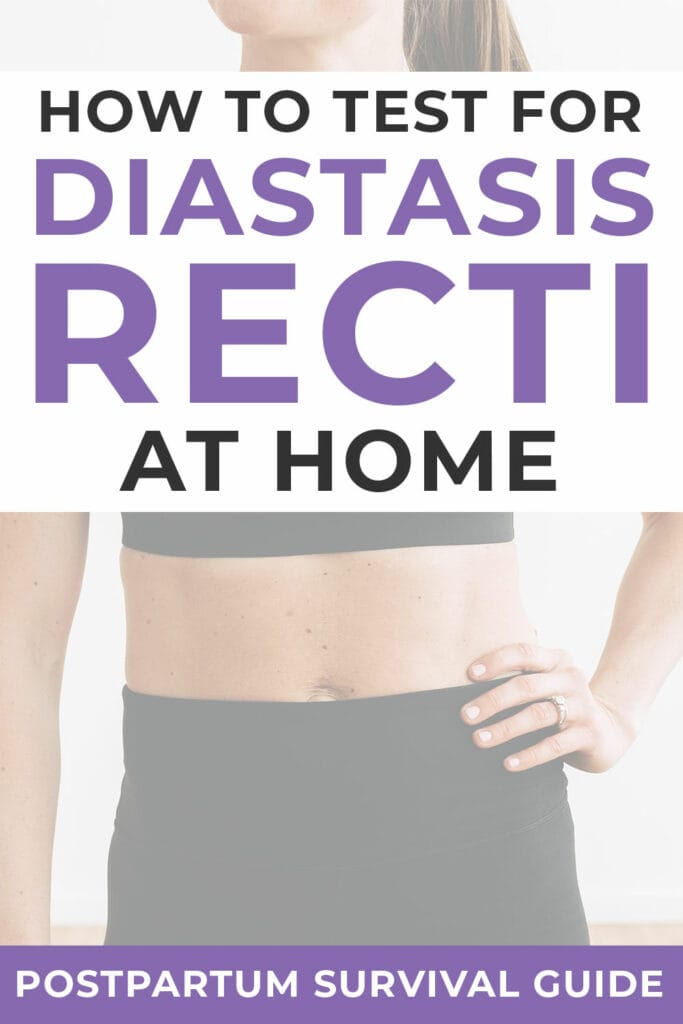










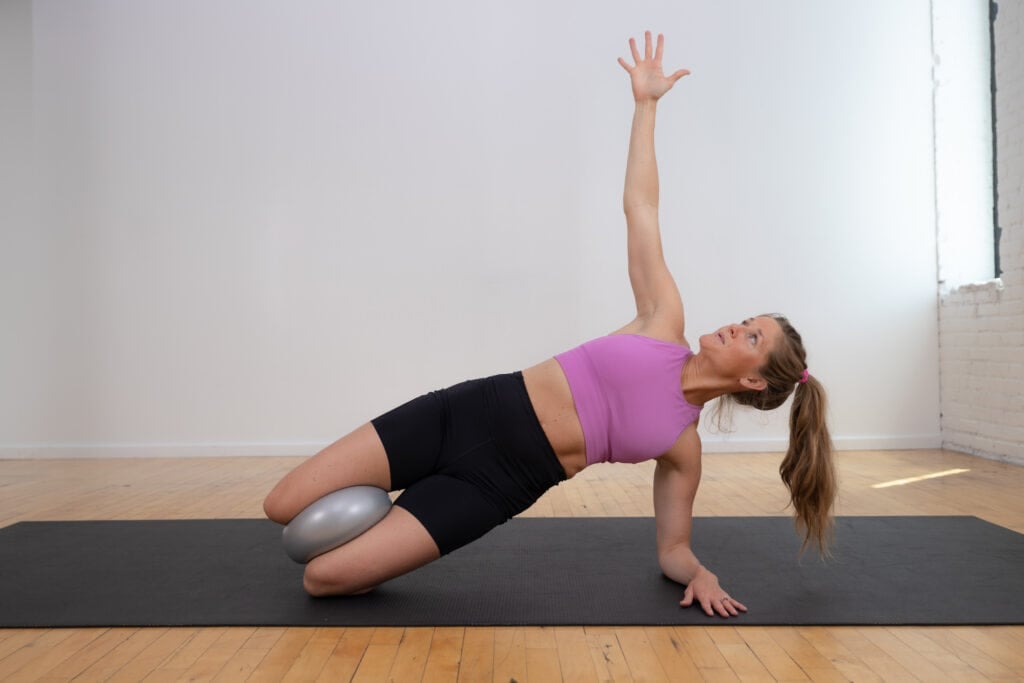
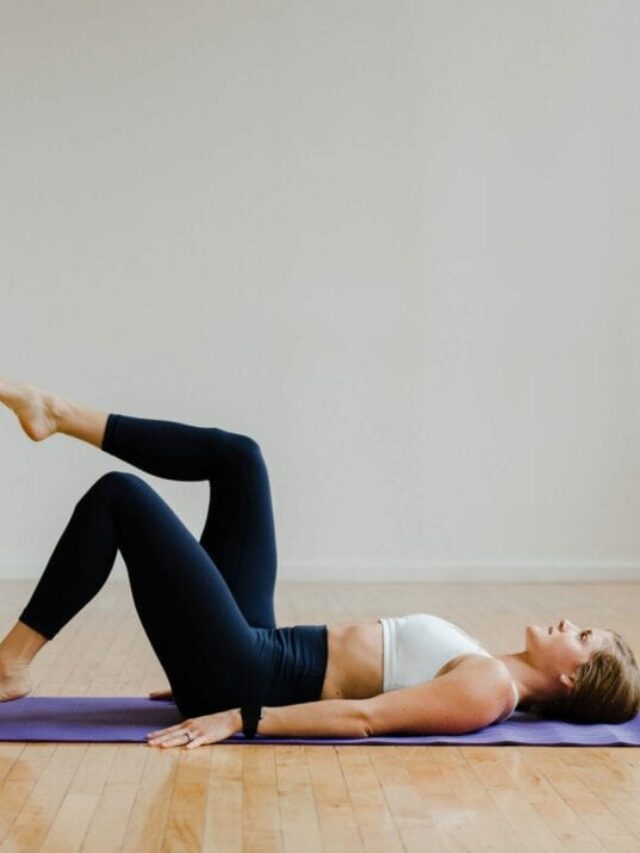
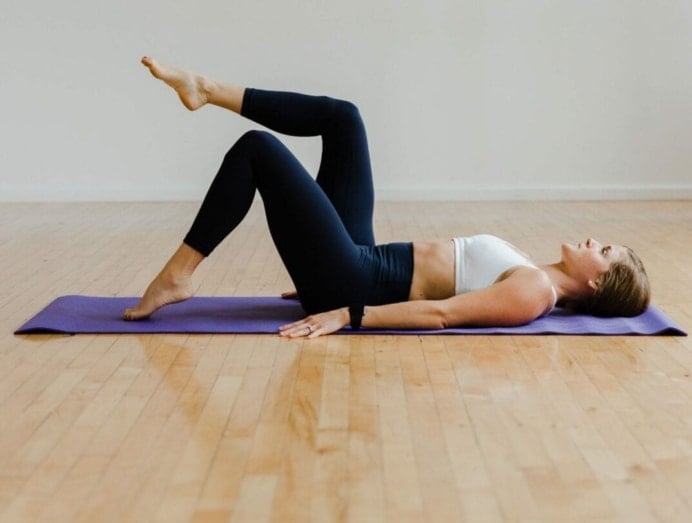
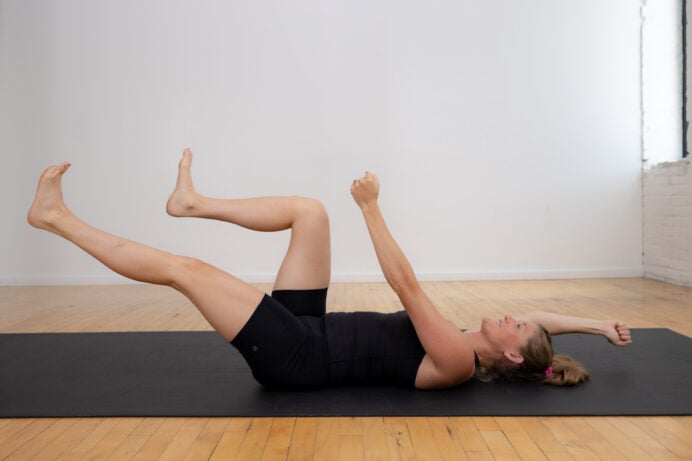
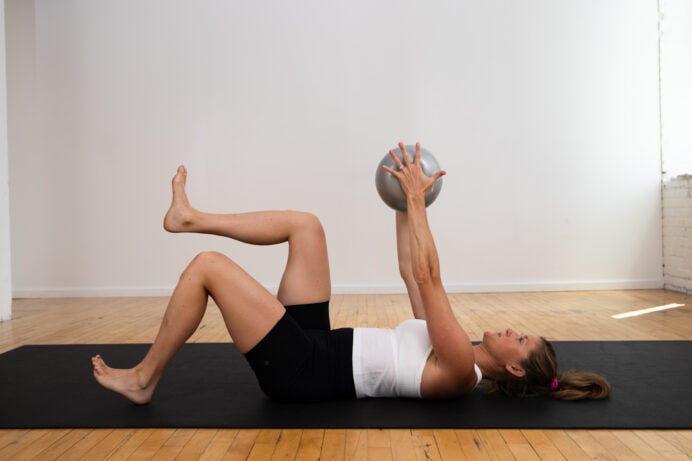
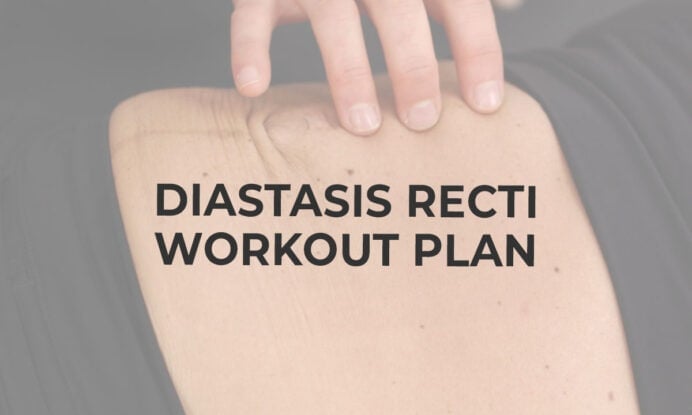
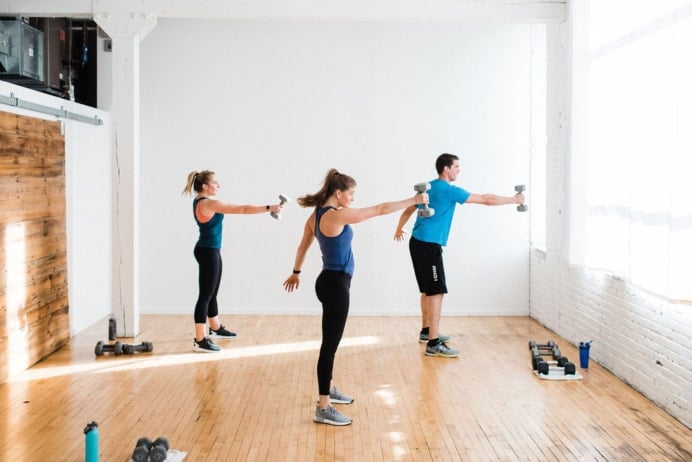
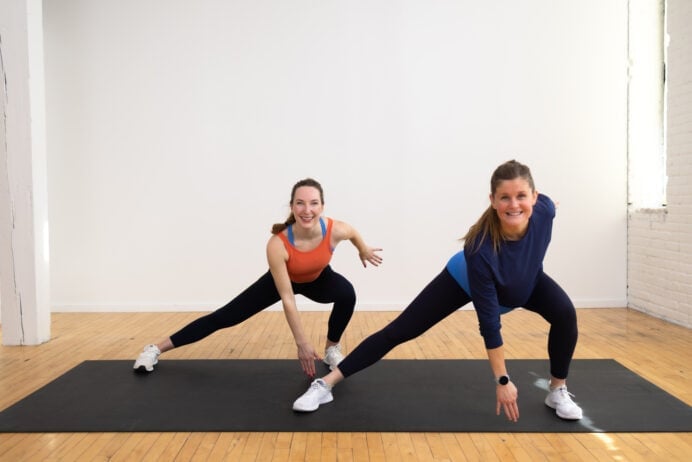
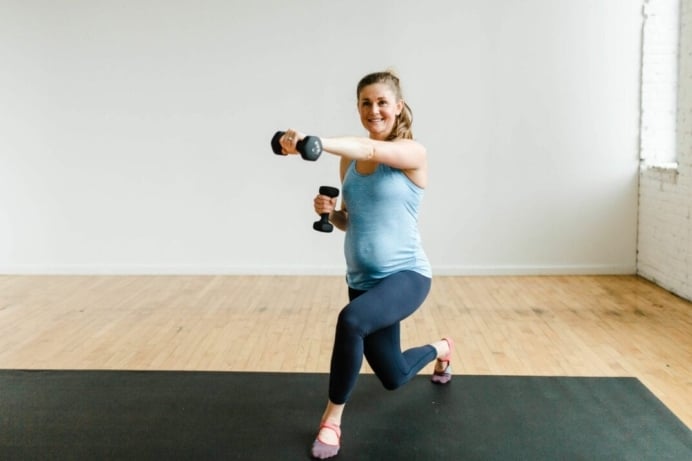





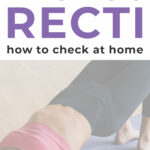



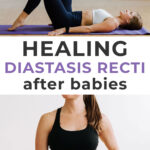

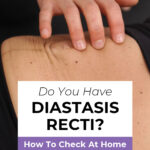

Hi Lindsey! I just want to say thank you for such an informative post and also content that is super relevant to me. I watched your video and I wanted to clarify if we are supposed to breathe out and push the bottom of our back on to the mat when we lift our head to check for DR? I watch quite a number of how to check for DR videos but am never quite sure how we are supposed to breathe when we do that move. It gives me different finger gap results.
Hi Yas! Thanks for reading this post and I’m so glad you find this content valuable! to clarify, exhale and pull your hip bones together and then lift your neck and shoulders off the mat to check for DR. I hope that helps! -Lindsey